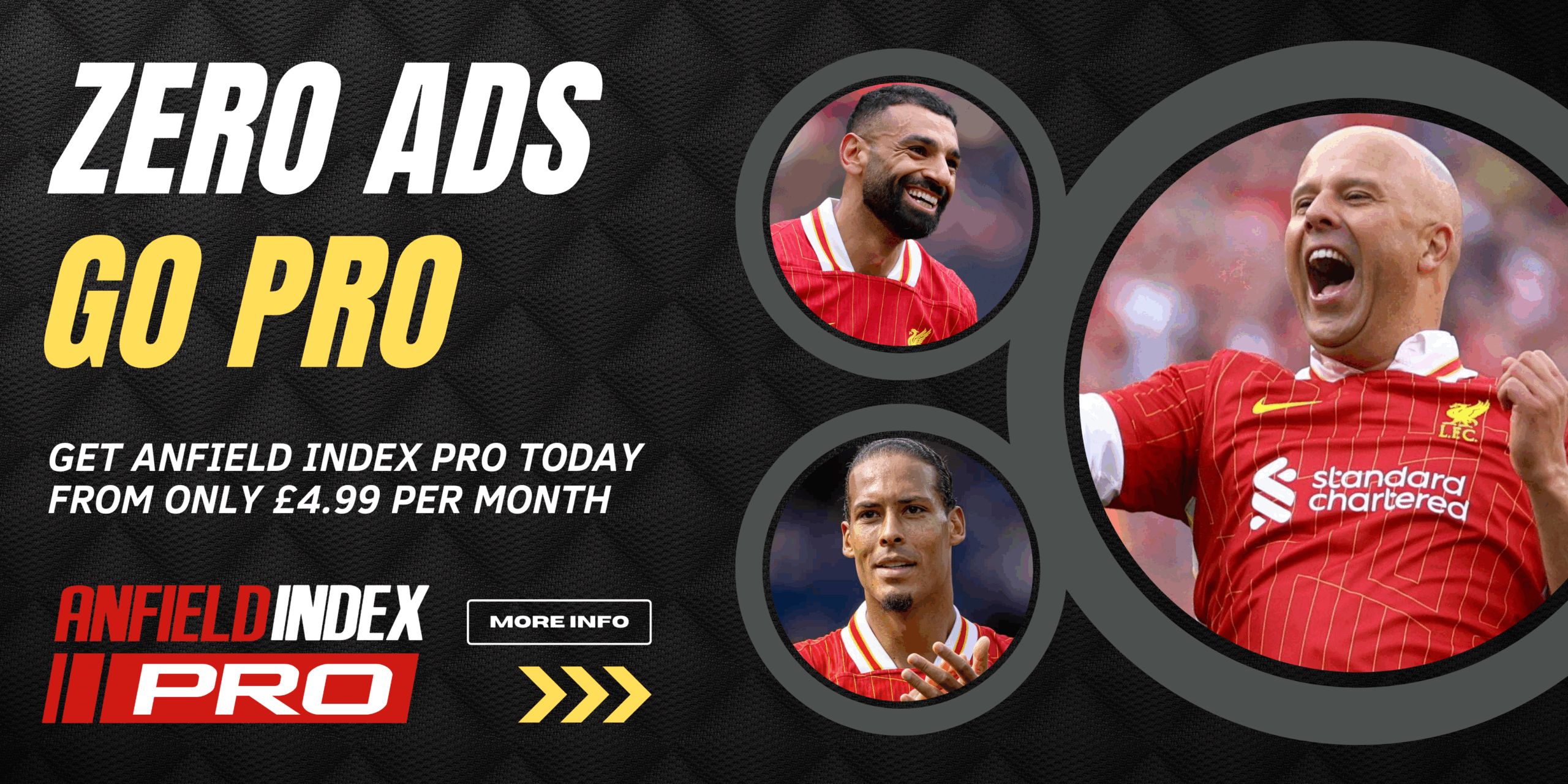Reevaluating Andy Robertson’s Role at Liverpool
In the world of football, few topics generate as much discussion as the potential transfer movements of established stars. One such player currently in the spotlight is Liverpool’s Andy Robertson, whose future at the club has come under scrutiny. Citing Dave Hendrick from Anfield Index’s podcast, it’s clear that opinions on Robertson’s role and value to the team are divided, sparking an engaging debate about his ongoing contribution and future at Anfield.
Assessing Robertson’s Impact and Decline
Dave Hendrick didn’t mince words when discussing Robertson’s future: “He would be very high on my list to sell. We’ve seen significant decline and an uptick of injuries over recent years and he is a big part of the unbalance of our team.” This is a strong stance, especially considering Robertson’s celebrated status as one of Liverpool’s most impactful signings. However, the facts about his decline and increased susceptibility to injuries cannot be ignored. At 31, the traditional peak for footballers begins to fade, especially in high-intensity roles like that of a modern full-back, which Robertson has exemplified.
Moreover, Hendrick points out a tactical reshuffling that might be influencing this perspective: “We look better with Joe Gomez at left-back as he’s a much stronger defender and doesn’t spend most the game playing as a winger.” This suggests a shift towards a more balanced defensive strategy could be beneficial, especially in high-stakes matches where defensive solidity becomes paramount.
Positional Dynamics and Tactical Evolution
Football is as much about evolution as it is about tradition. Hendrick’s commentary reflects a broader tactical shift potentially underway at Liverpool: “If we’re wanting to improve this side, left-back is one of the easiest positions to upgrade and I can’t see him sticking around to be a back-up.” The notion of upgrading the left-back position suggests that Liverpool’s management is possibly looking to adapt to the changing dynamics of football, where flexibility and physical endurance are becoming increasingly vital.
Robertson’s contract situation only adds to the urgency of making a strategic decision. “He’s 31 next summer, with just two years left on his contract so I really struggle to see Michael Edwards giving him a new contract.” The financial implications of letting high-wage players leave for free are significant, and as Hendrick rightly points out, “The era of letting players leave for free needs to end, so I would be looking to sell him this summer.”
Market Value and Potential Destinations
The transfer market is unpredictable but offers opportunities for clubs to refresh their squads while managing financial assets. Hendrick’s estimation of Robertson’s market value reflects a pragmatic approach to squad management: “If someone came in with £18-20million, I would snap it straight up.” This valuation, considering Robertson’s age and recent form, seems reasonable and aligns with the current market trends where player values are highly dependent on age, form, and fitness.
Furthermore, speculation about potential destinations adds another layer to this narrative. Hendrick suggests, “For me it would be a sell, I think he would go to Bayern Munich.” A move to a club like Bayern Munich could be beneficial for both Robertson and Liverpool, offering the player a new challenge and the club a chance to recoup some investment and possibly reinvest in younger talent.
Legacy and Sentimentality in Football
Ending on a note of recognition, Hendrick acknowledges Robertson’s significant contributions: “He’s been an incredible servant and the best pound-for-pound signing we’ve made since Hansen but I don’t think we can afford to be sentimental right now.” This sentiment is a stark reminder of the ruthless nature of professional sports where sentiment often bows to strategic and financial imperatives.
In conclusion, while Andy Robertson’s legacy at Liverpool is secure, his future seems to be pointing towards new horizons. As the club continues to adapt to the competitive demands of modern football, decisions like this, however tough, are necessary. It underscores a vital aspect of football management: balancing respect and recognition for past contributions with the strategic needs of the future.




